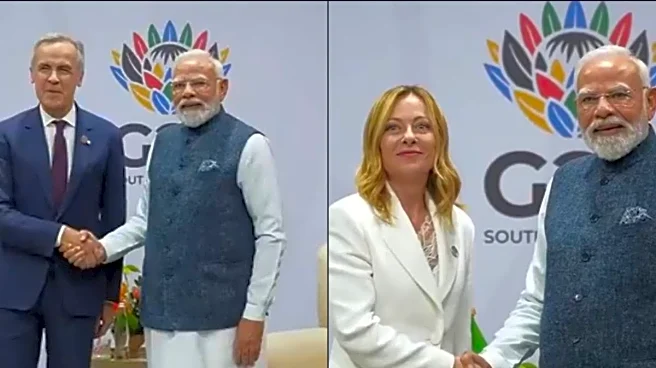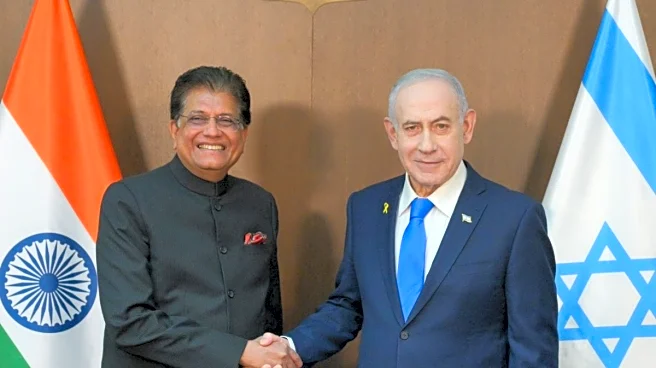A FTA or Comprehensive Economic Partnership Agreement (CEPA) has many strategic elements to it and it is a demonstration of the trust between the two countries, Goyal said here at an event on Monday, November 24.
The pact would give confidence to investors, businesses of both sides, he said.
”We have agreed to begin negotiations on a high-ambition CEPA and double the trade between the two nations by 2030,” he said, adding the two countries are natural allies and do not compete with each other.
Also read: 'One step at a time' — Canada looks to repair ties with India; support and opposition in Ottawa
The strengths of India and Canada can become a force multiplier for businesses and investors, Goyal said.
”There is a lot that we can learn from Canada and a lot we can offer Canada. There is a lot of potential on critical minerals, critical minerals processing technologies. There is a good possibility on nuclear energy – particularly with our engagement with Canada on Uranium supplies,” he said adding ”we can diversify our supply chains on both sides”.
Prime Minister Narendra Modi and Canadian Prime Minister Mark Carney met on the sidelines of the G20 Leaders’ Summit in Johannesburg to review progress in the India–Canada partnership, the Prime Minister's office said on Sunday, November 23.
Both prime ministers agreed on the importance of regular reciprocal high-level visits. While PM Modi’s office said he “extended an invitation to Prime Minister Carney to visit India,” PM Carney’s office confirmed in a news release that he had accepted the “invitation to visit India in early 2026.”
In 2023, Canada had paused negotiations for a free trade agreement with India. The India-Canada relations hit rock bottom following then Prime Minister Justin Trudeau’s allegations in 2023 of a potential Indian link to the killing of Hardeep Singh Nijjar. India had dismissed Trudeau’s accusation as ”absurd”.
In March 2022, the two countries had re-launched negotiations for an interim agreement, officially dubbed as Early Progress Trade Agreement (EPTA).
Over half a dozen rounds of talks have been held on the trade pact so far.
Normally in a trade agreement, two countries significantly reduce or eliminate customs duties on the maximum number of goods traded between them. They also liberalise norms for promoting trade in services and attract investments.
Read more: In first phone conversation, Jaishankar and his Canadian counterpart Anand discuss ways to boost economic ties
India’s exports to Canada rose 9.8% to $4.22 billion in 2024-25 from $3.84 billion in 2023-24. Imports, however, dipped 2.33% to $4.44 billion in the last fiscal year from $4.55 billion in 2023-24.
The renewed vibrancy in ties between the two countries followed Prime Minister Narendra Modi’s talks with his Canadian counterpart Mark Carney on the margins of the G7 summit at Canada’s Kananaskis in June.
Bilateral trade in goods and services between India and Canada stood at $18.38 billion in 2023.
There are about 2.9 million Indian diaspora and over 4,27,000 Indian students in Canada.
/images/ppid_59c68470-image-176397253669891994.webp)



/images/ppid_59c68470-image-176396254272253279.webp)

/images/ppid_59c68470-image-176387003614167599.webp)
/images/ppid_59c68470-image-176390503279374207.webp)
/images/ppid_a911dc6a-image-176388422684660795.webp)





